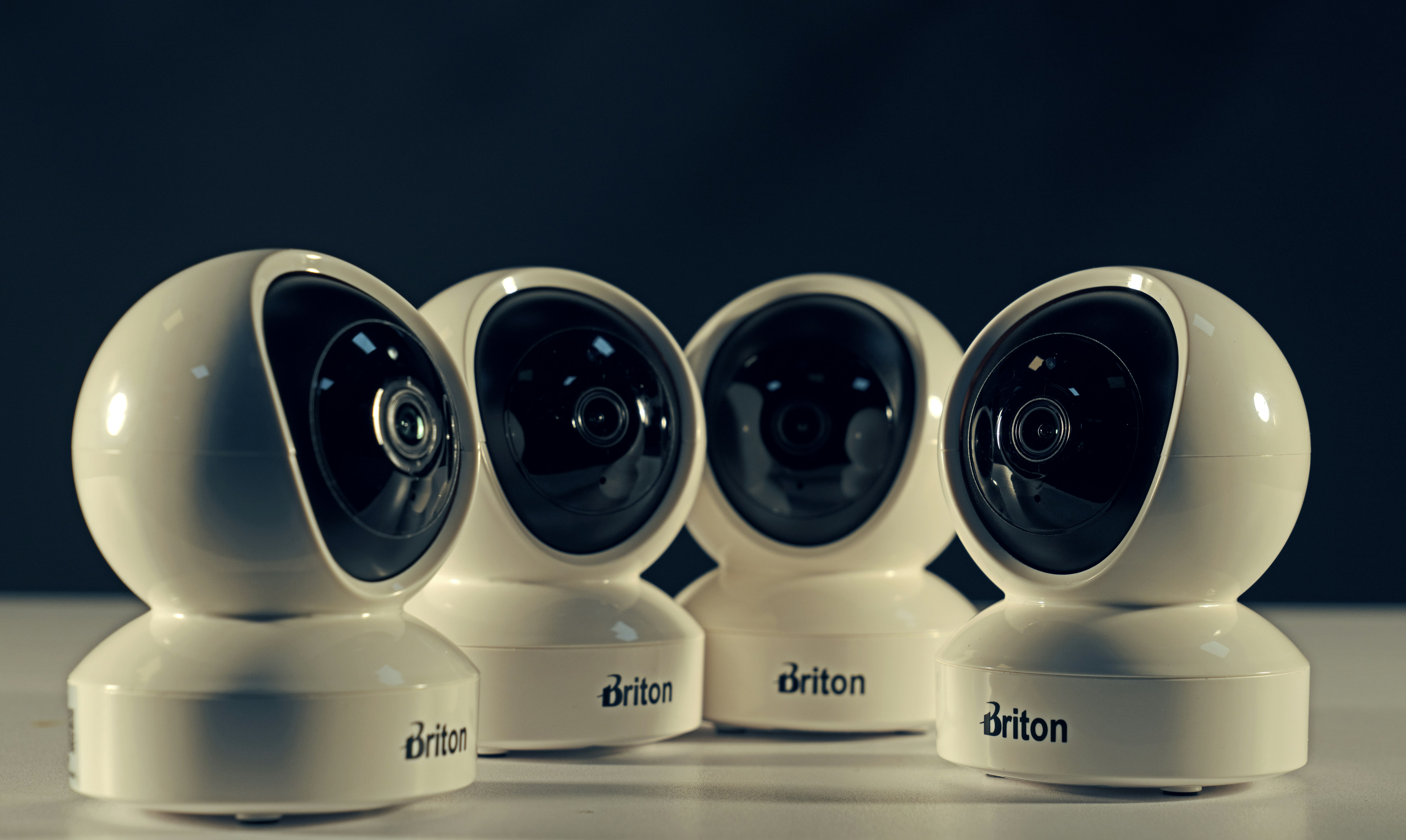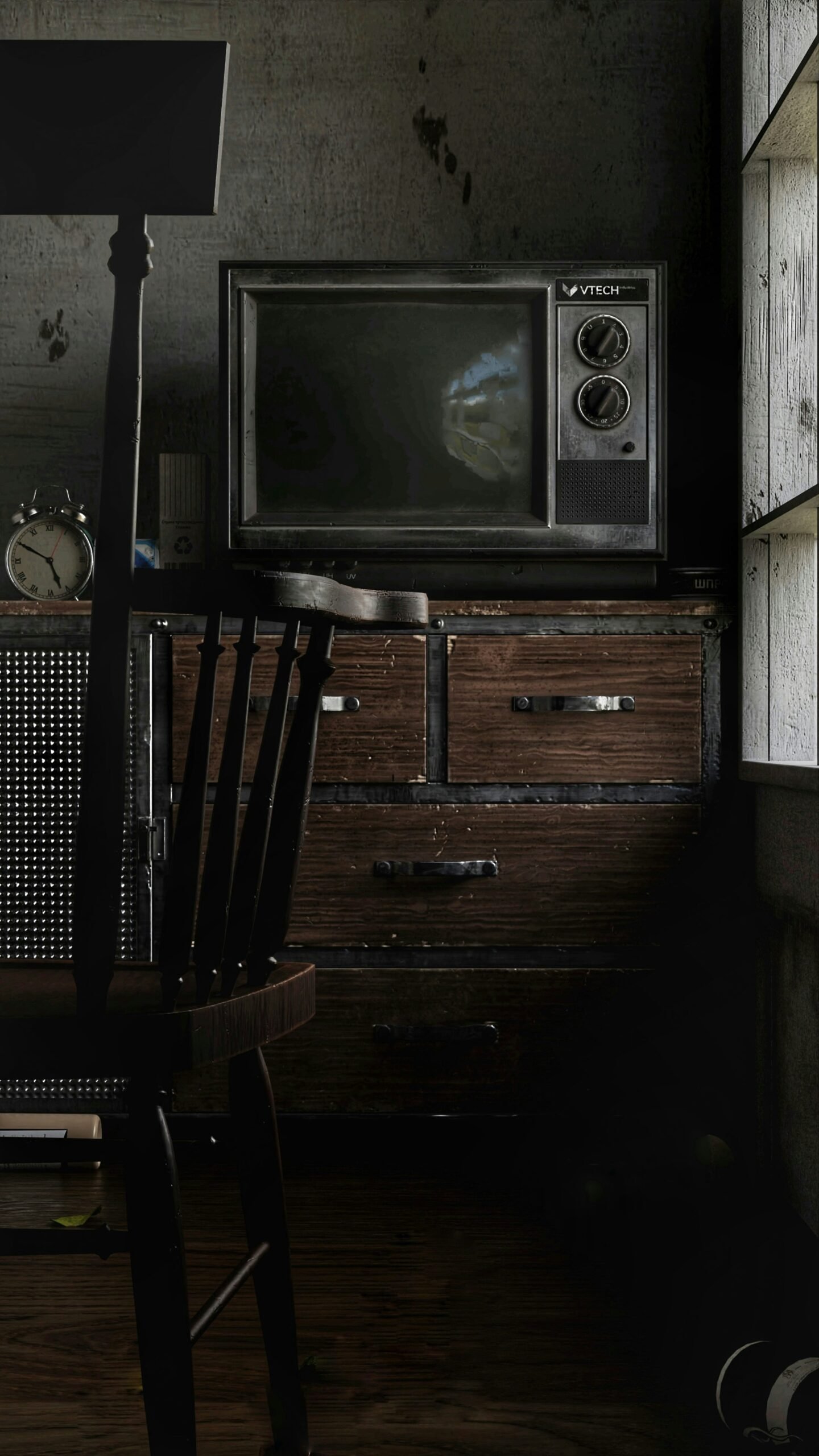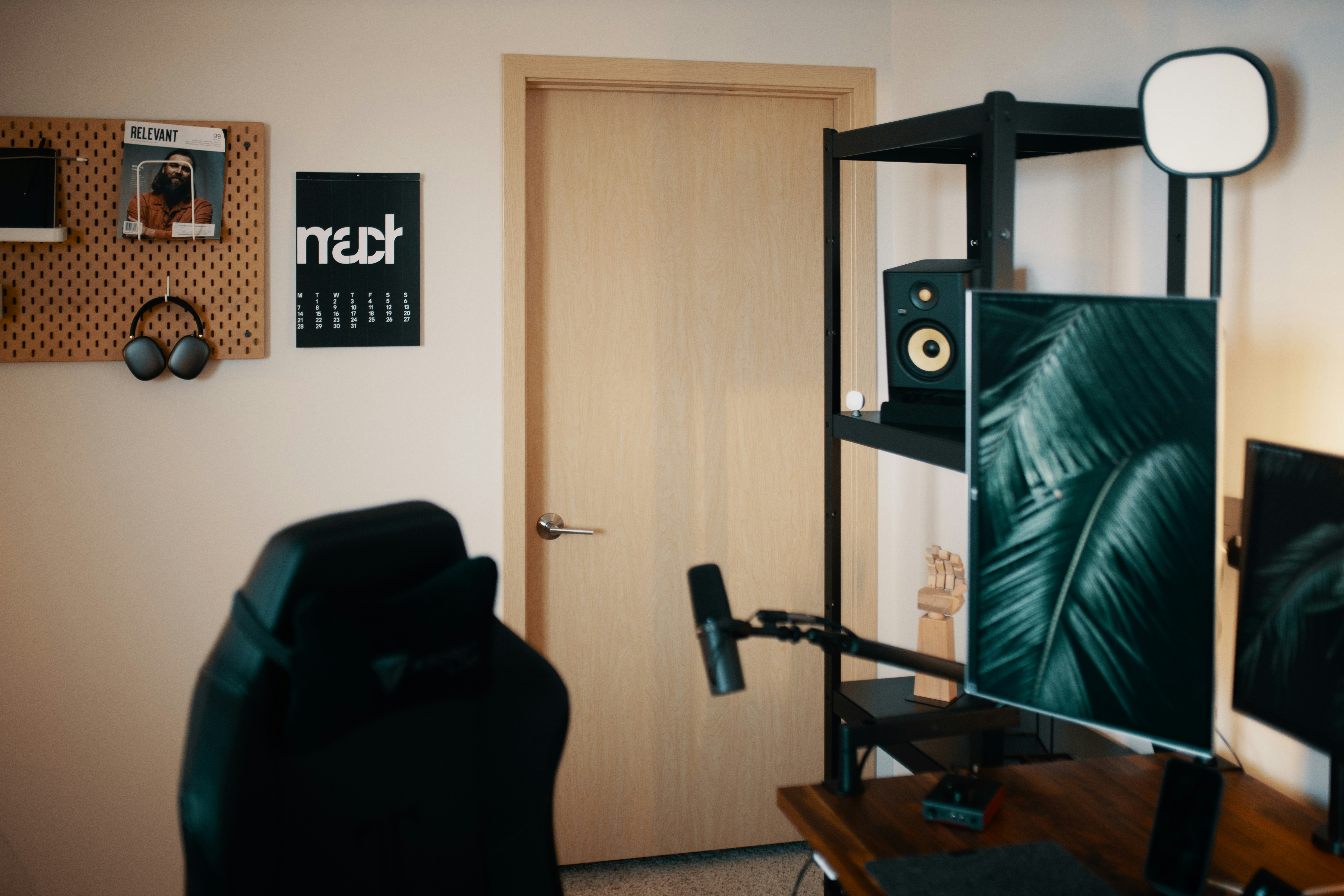Understanding Your Home Security Needs
Assessing your individual home security needs is a crucial first step before selecting an appropriate security system. The efficacy of the chosen solution largely depends on various factors including the size of your property, the perceived level of risk, your personal lifestyle, and any specific security concerns you may have. A thorough understanding of these elements enables homeowners to make informed decisions about the type of security system that best fits their unique requirements.
The size and layout of your property can significantly affect security needs. Smaller homes may require simpler systems, like basic surveillance cameras or alarm systems. Conversely, larger estates or multi-story homes typically necessitate more comprehensive solutions, such as advanced monitoring systems or motion sensors. The layout can also dictate blind spots that need to be addressed, ensuring that every corner of your home is protected.
Additionally, the level of risk should be considered. For those residing in high-crime areas, the stakes are often higher, prompting the need for more robust security measures, such as 24/7 monitoring services, multiple cameras, and alarm systems connected to local authorities. On the other hand, homeowners in rural settings may find that simpler security options suffice, focusing more on deterrent strategies rather than extensive monitoring.
Your personal lifestyle contributes significantly to your security needs as well. For instance, frequent travelers or individuals with high-profile jobs may require more advanced systems that offer remote access and real-time alerts. Lastly, specific security concerns can range from protecting valuables to safeguarding family members, guiding the selection of security features tailored to address those worries directly.
By conducting a thorough evaluation of these factors, homeowners can better determine the most effective type of security solution that corresponds with their personal circumstances and environment, ensuring a safer living space in Indiana.
Overview of Modern Security Technologies
In the rapidly evolving landscape of home security, several modern technologies have emerged, providing homeowners with a variety of options to secure their premises. Among these, basic camera setups, smart alarms, and fully integrated smart home security ecosystems stand out. Each of these solutions offers distinct features, advantages, and potential drawbacks, making it essential for homeowners to understand their options to select a security system that meets their specific needs.
Basic camera setups are often the first line of defense for homeowners. They are relatively easy to install, providing real-time video feeds that can be accessed remotely. However, while they can deter potential intruders, basic cameras typically do not include advanced features such as motion detection or automated alerts. Furthermore, they often lack integration with other home security devices, which limits their effectiveness as part of a comprehensive security strategy.
Smart alarms present a more sophisticated alternative. These systems can notify homeowners of potential threats through smartphone alerts, enabling immediate action. Smart alarms often come equipped with the ability to integrate with other devices, such as cameras and smart locks, allowing for a collaborative approach to home security. However, the initial investment and ongoing monitoring fees associated with smart alarm systems can be higher than basic setups, which may deter some homeowners.
Fully integrated smart home security ecosystems represent the pinnacle of modern security solutions. These systems combine various components, including cameras, alarms, motion sensors, and even environmental monitors, all controlled through a centralized app. The key benefits of such systems include ease of use, enhanced monitoring capabilities, and sophisticated automation features. However, they can be costly and may require a comprehensive understanding of technology for optimal setup and configuration.
In conclusion, the decision regarding which security technology to implement should be driven by a careful assessment of budget, security needs, and personal preferences. By understanding the nuances of each option, homeowners can secure their homes more effectively and efficiently.
Installation Requirements and Costs
When considering modern security options for your home, one of the primary factors to evaluate is the installation process. Security systems can typically be categorized into two installation methods: do-it-yourself (DIY) and professional installation. Each option has its own benefits and costs associated, making it vital for homeowners to weigh their choices carefully.
DIY installation is often perceived as a cost-effective solution, as it eliminates labor costs associated with hiring a professional. Many contemporary security systems are designed with user-friendly features, allowing homeowners to set up equipment without extensive technical knowledge. For instance, wireless cameras and smart locks can often be installed with minimal tools—frequently just a drill and a screwdriver. However, while this can present an attractive initial cost, one must also consider the potential need for additional equipment or tools that may not be readily available at home.
On the other hand, professional installation can provide a level of confidence and expertise that DIY may lack. Trained technicians can ensure that all components are set up correctly, which can be particularly crucial for more sophisticated systems that involve multiple devices or complex configurations. The cost of professional installation can vary widely based on the complexity of the system, typically ranging from $100 to several hundred dollars. Additionally, having a professional installer may impact warranty conditions, as some manufacturers require professional installation to validate the warranty.
Ultimately, the choice between DIY and professional installation hinges on individual skills, available tools, and budget considerations. Homeowners should also recognize that effective installation not only ensures proper functionality but may also enhance overall security performance. Thus, careful planning and evaluation of the costs associated with either installation method are essential in selecting an optimal security solution for the home.
Monitoring Options and Indiana-Specific Considerations
When choosing a home security system, understanding the various monitoring options is essential. Today, homeowners can select from three primary types of monitoring services: self-monitoring, professional monitoring, and hybrid solutions. Self-monitoring allows homeowners to receive alerts and monitor their properties via smartphone apps. This approach can be budget-friendly, as it often involves lower initial costs and no ongoing fees. However, it requires residents to be vigilant and active in monitoring their home security, which may not be feasible for everyone.
Professional monitoring, on the other hand, provides a more hands-off approach. In this scenario, a dedicated security team monitors your home 24/7 and handles emergencies on your behalf. This option can increase the overall effectiveness of the security system, as trained professionals can respond to alerts quickly, potentially deterring intruders or notifying authorities in a timely manner. However, it typically comes with higher monthly fees. Hybrid solutions combine the benefits of both methods, featuring partial self-monitoring alongside professional oversight. This can offer a balanced approach for those looking to manage costs while benefiting from expert assistance.
In Indiana, there are specific considerations that homeowners should keep in mind when evaluating their options for home security monitoring in 2025. Local laws and regulations regarding security systems can vary, influencing the installation and upkeep of residential security measures. Additionally, Indiana’s climate can impact the types of systems deployed. For instance, areas prone to severe weather might require more robust outdoor monitoring solutions. Furthermore, community resources, such as neighborhood watch programs and local law enforcement partnerships, can enhance the effectiveness of any chosen security system. Ultimately, selecting the right monitoring solution should align with both individual lifestyle needs and local circumstances, ensuring that homeowners in Indiana prioritize safety and cost-efficiency effectively.
If you’re interested in purchasing the item you seek, please click the link for additional details: #americanachoice.
https://amzn.to/3SBN3Oy
AFFILIATE DISCLOSURE: I am an affiliate for this company, I am not a paid employee.
I may receive a commission if you click a link on this page and choose to purchase something.
You can rest assured I will only share things I believe in and will be valuable to you.



